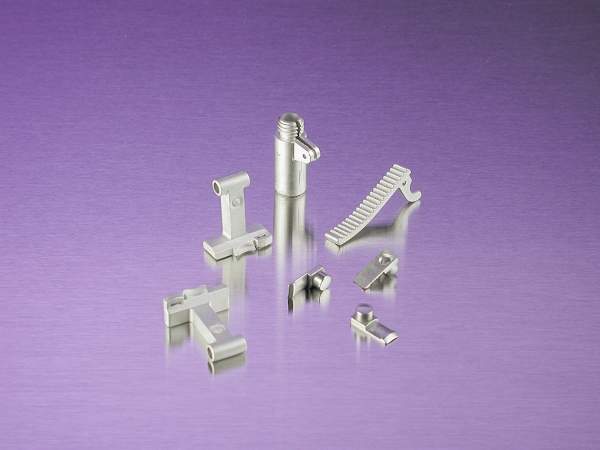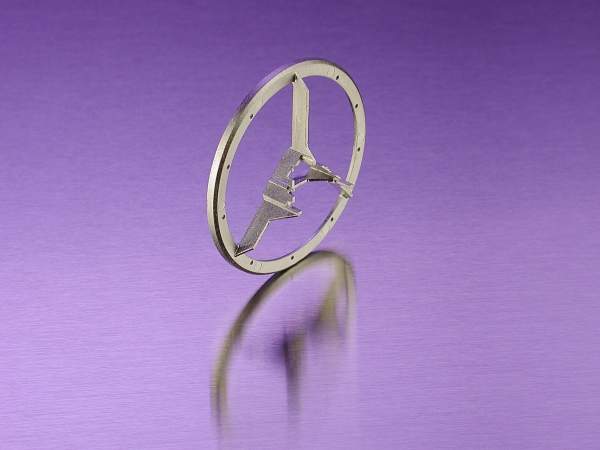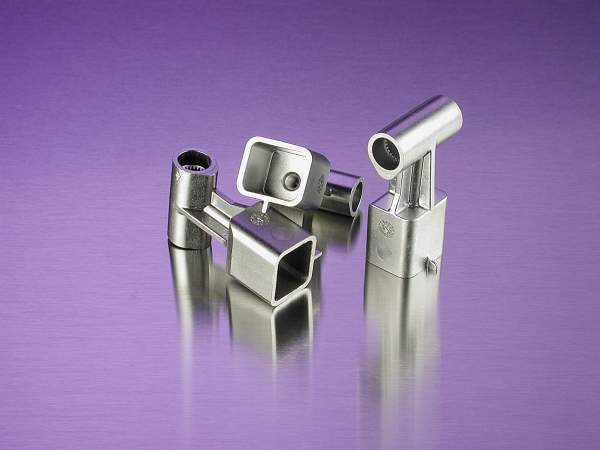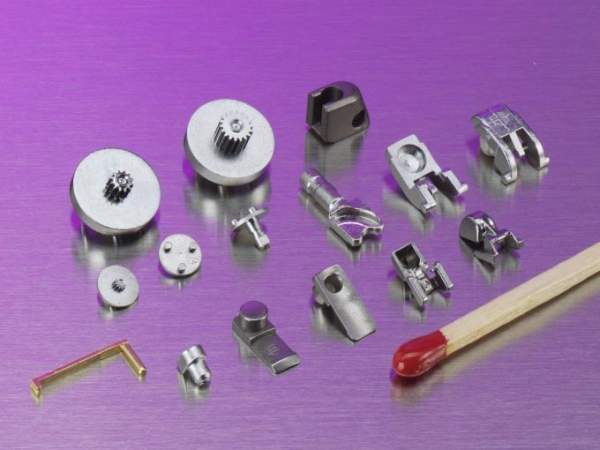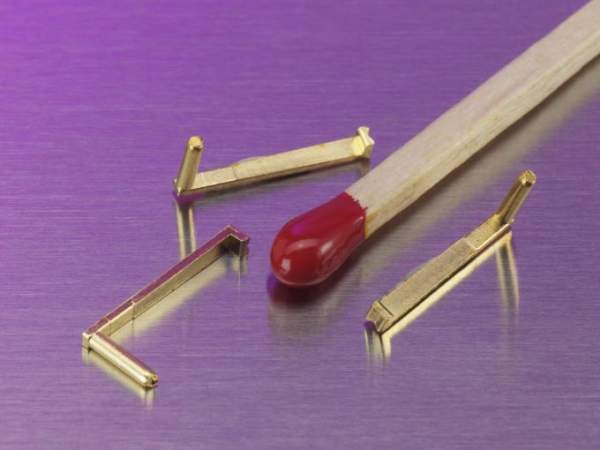Since its foundation in 1992 Parmaco has been committed to the development and the production of metal injection molding (MIM) components. The early concentration on this modern and complex production technology has led to an enormous pool of experience. Due to this experience we are in a position to advise our customers competently and to master challenging projects.
Highlights:
- In-house material and process development
- Rapid prototyping capabilities
- In-house mould design
- In-house feedstock mixing
- Complete MIM and micro-MIM process lines: mixing, molding, debinding, sintering, secondary operations, assembly
- Many applications in the medical field
- Wide range of materials
The recognition that flexibility in all steps of the metal injection molding process is critical led to the early decision to mix all feedstocks in house. This gives us not only independence of feedstock vendors but also allows us to design feedstocks according to the part’s specific requirements. Today we exploit these possibilities to the benefit of our customers for material developments and process optimisation.
Also beneficial was the decision to invest in the area of micro-MIM. Due to the specific equipment and the intensive development in the area of miniaturised MIM components, Parmaco has also emerged as a leader in the field of micro-MIM. Now and in the future Parmaco is committed to staying at the forefront of MIM and micro-MIM technology.
Combining plastic injection molding and metal powder sintering
Metal injection molding combines two technologies: plastic injection molding and metal power sintering.
The plastic injection molding technique has been known for many years and is used in the production of complex-shaped plastic parts. Plastic injection molding has revolutionised molding in the field of plastics.
The technology of metal powder sintering (P/M process) has also been used for many years, to produce metal parts of various alloys of metal powders. P/M is an economic process for the production of relatively simply shaped metal parts.
The metal injection molding process offers many advantages:
Complex medical components using metal injection molding
Very complex-shaped parts can be manufactured without or with only very little secondary finishing. Undercuts, which are not possible with conventional sintering processes, can be realised with MIM without problems. One particular advantage of the Parmaco process is the extremely accurate reproduction of even the finest mould cavities. The extremely flowable material also allows the forming of sharp edges.
High-density MIM components
In contrast to conventional compression and sintering, which usually allows densities of 90% of the theoretical material density, the metal injection molding process reaches densities of between 96% and 100% of the theoretical material density. Thereby, material properties are reached which largely correspond to those of parts processed entirely of metal.
The surface of MIM parts is far superior to that of precision cast parts. A roughness of better than Ra 3.2 is reached without polishing. Thereby, finishing and polishing costs can be eliminated or substantially reduced.
MIM parts with low tolerance limits
The metal injection molding process allows an accuracy of better than +/-0.3% of the required dimensions. This means that with respect to extremely small parts, the accuracy can be in the range of hundredths of a millimetre. Calibrating or secondary finishing may become necessary with parts of larger dimensions.
Wide material selection for metal injection molding manufacturing
MIM parts usually do not have to be mechanically refinished. The harder it is for a material to be machined, the more advantageous the metal injection molding process. In particular stainless steel, soft magnetic alloys, iron/nickel materials and also tool steel and special purpose alloys can be employed. Hardening of MIM parts is also possible. All surface treatment processes such as nickel plating, hard chroming etc., can also be applied. In fact, any treatment that can be applied to machined components can also be applied to MIM components of the same alloy.
Cost-efficient MIM and micro-MIM components
Economic efficiency strongly depends on how much of the characteristics and possibilities of the process are required for the end use of the produced part. The process can enable enormous savings when used selectively. Whether the process is economic for a particular use has to be examined/verified, case by case. Therefore it is important that the design engineer fully understands the possibilities of the MIM process.
Often it is possible to reduce the number of parts required for a constructional unit, to eliminate the machining costs for conventionally manufactured parts or to substantially increase the quality of the constructional unit by selecting the appropriate material. All of this can lead to substantial cost savings.
It is advisable to evaluate MIM as a manufacturing route in the early project stage in order to exploit its potential to the fullest.


